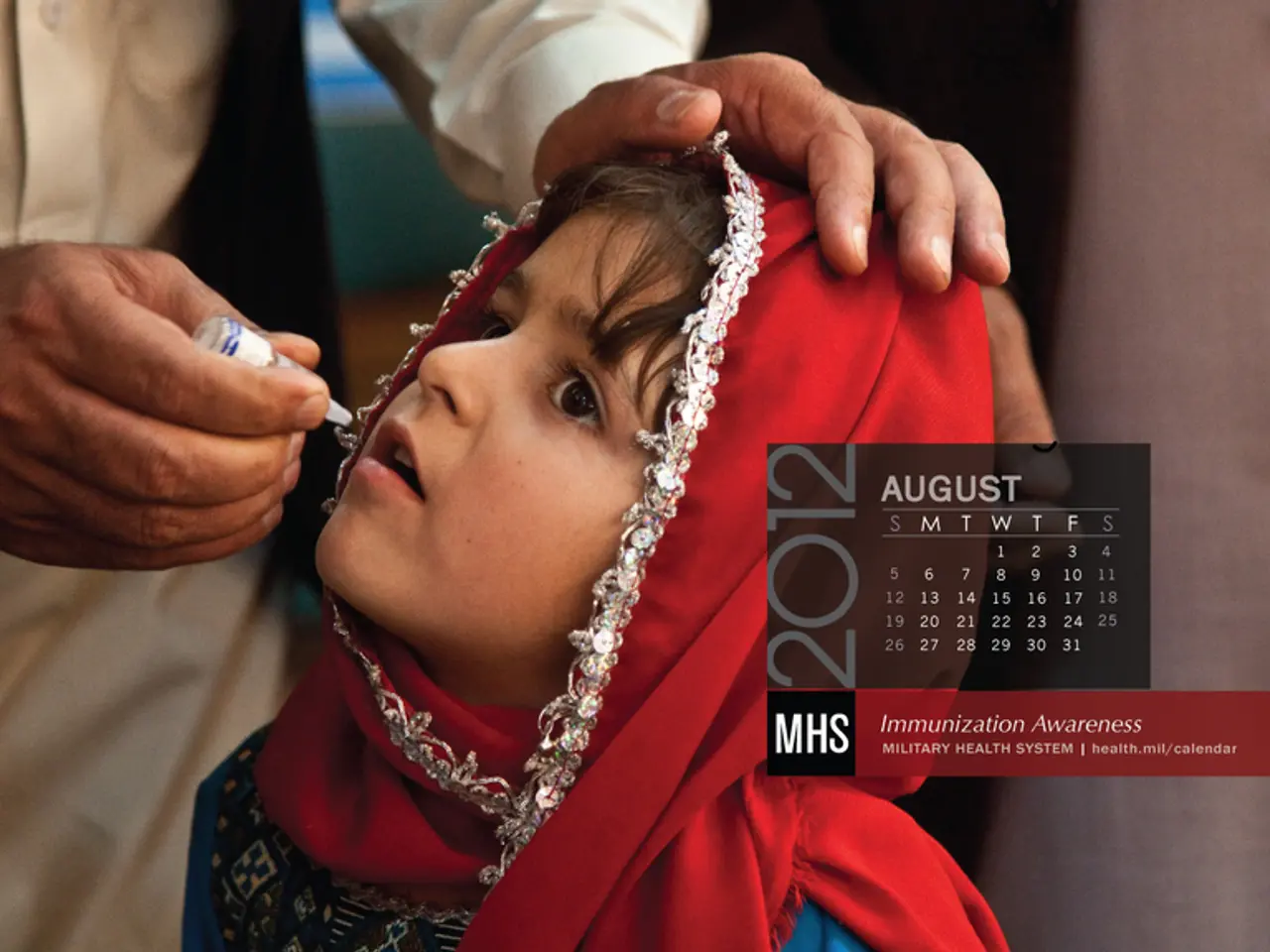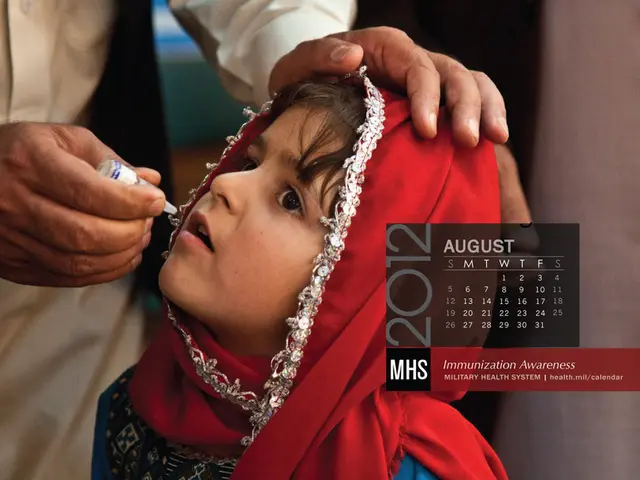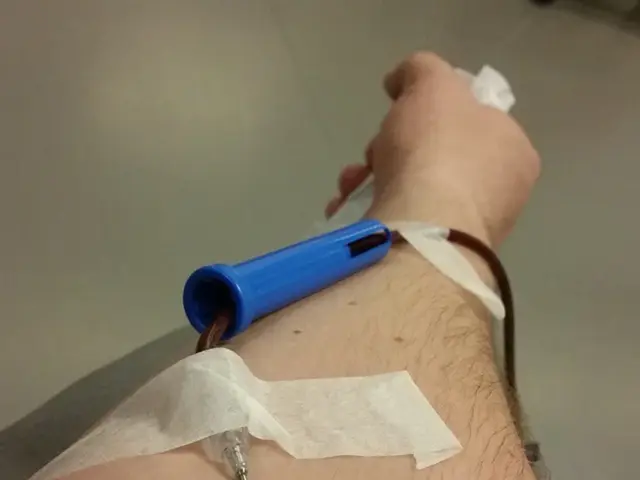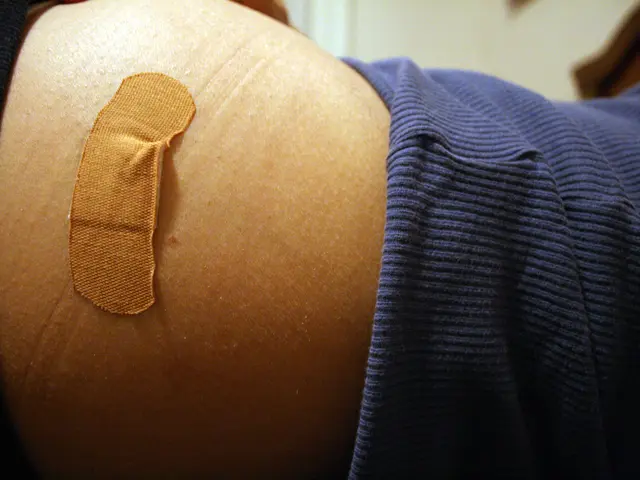World Warnings Highlight: Vaccination Skepticism Endangers Millions of Children Globally - Global Health Organization Issues Alert: Unvaccinated Children Face Global Risks Due to Anti-Vaccination Beliefs
**Global Concerns Over Vaccine Skepticism: A Threat to Public Health**
Trust in vaccines has been on a steady decline in many parts of the world, posing a significant challenge to global health. According to a study by UNICEF, confidence in vaccines dropped in 52 out of 55 countries, with the UK seeing a notable decrease from 90% in 2019 to 70% in 2023. This erosion of trust is largely attributed to the spread of misinformation and conspiracy theories on social media, such as the discredited claim that vaccines cause autism.
The World Health Organization (WHO) and UNICEF have issued a warning about vaccine skepticism, highlighting that it is not just about specific vaccines but reflects a broader crisis of trust in institutions, health workers, and vaccine manufacturing. This mistrust is compounded by language barriers, religious beliefs, and skepticism towards health systems, particularly among young mothers and migrant populations who are more susceptible to misinformation and less likely to seek routine childhood vaccinations.
The impact of this decline in trust is evident in the stalling and decline of vaccination rates globally. According to WHO and UNICEF, 14.3 million children worldwide were unvaccinated in 2021, up from 14.7 million in 2019. Even as the pandemic recedes, vaccination rates have not fully rebounded, threatening the global effort to control or eliminate diseases like measles and polio.
The consequences of this decline in vaccination rates are particularly severe in high-income countries, where vaccine hesitancy is now a leading cause of preventable disease outbreaks. Last year, almost 300,000 people in the European region were infected with whooping cough, and over 125,000 with measles. In 2024, 60 countries experienced strong outbreaks of measles, more than double the number in 2022.
The situation is even more dire in fragile, conflict-affected, or humanitarian emergency settings, where children are three times more likely to be unvaccinated compared to those in stable countries. Half of all unvaccinated children worldwide live in these contexts, with conflict and health system breakdowns being major drivers.
To address these challenges, both WHO and UNICEF stress the need to not only counter misinformation but also rebuild confidence in health systems and tailor interventions to the needs of diverse communities. This includes the role of politicians, religious leaders, and other influential figures in strengthening, rather than weakening, trust in vaccines that have been monitored and tested for decades.
Moreover, the lack of funds to support vaccination campaigns in poor countries is a concern, with significant cuts in development aid this year feared to have devastating effects. To prevent outbreaks, vaccination rates must be at least 95 percent in every region and country, according to WHO.
Despite these challenges, there are success stories. The HPV vaccine, which prevents cervical cancer, has seen a global increase in coverage, with the proportion of young girls receiving the vaccine increasing by four percentage points to 31%. The goal is to reach 90% by 2030.
In conclusion, vaccine skepticism is a complex, global phenomenon with deep roots in social, political, and institutional mistrust. The resulting decline in childhood vaccination rates is undermining decades of public health progress and increasing the risk of disease resurgence worldwide. Addressing these challenges requires a multi-faceted approach that addresses not only misinformation but also the underlying factors contributing to vaccine hesitancy.
**Summary Table: Key Findings on Vaccine Skepticism and Global Impact**
| Concern | Evidence/Impact | Source/Agency | |--------------------------------------|------------------------------------------------|-------------------------| | Declining vaccine confidence | 52 out of 55 countries show lower trust | UNICEF | | Rise in misinformation | Social media spread of debunked conspiracy theories | WHO, UNICEF | | Impact on coverage | 14.3 million children worldwide unvaccinated; rates stalled or declining | WHO, UNICEF | | High-risk populations | Conflict zones, migrant families, young mothers most affected | WHO, UNICEF | | Preventable disease resurgence | Measles, polio outbreaks in high-income countries | WHO, UNICEF | | Lack of funds for vaccination campaigns | Significant cuts in development aid feared | WHO, UNICEF | | Need for 95% vaccination rates | To prevent outbreaks, vaccination rates must be at least 95% | WHO | | Success with HPV vaccine | Proportion of young girls receiving the vaccine increasing worldwide | WHO, UNICEF |
- The Commission has also been asked to submit a proposal for a directive on the protection of workers from the risks related to exposure to ionizing radiation, as concerns in science and health-and-wellness are not limited to vaccines and extend to various policy-and-legislation and politics issues in the field of general-news.
- Similarly, the situation regarding vaccine skepticism can be likened to the erosion of trust in institutions, health workers, and vaccine manufacturing, which is not only challenging the global health-and-wellness but also the science, policy-and-legislation, and politics landscapes.
- The global health-and-wellness community faces not only the decline of trust in vaccines but also the lack of funds to support vaccination campaigns in poor countries, strongly affects vaccination rates, and has implications that extend beyond public health, reaching the domains of science, policy-and-legislation, and general-news.




